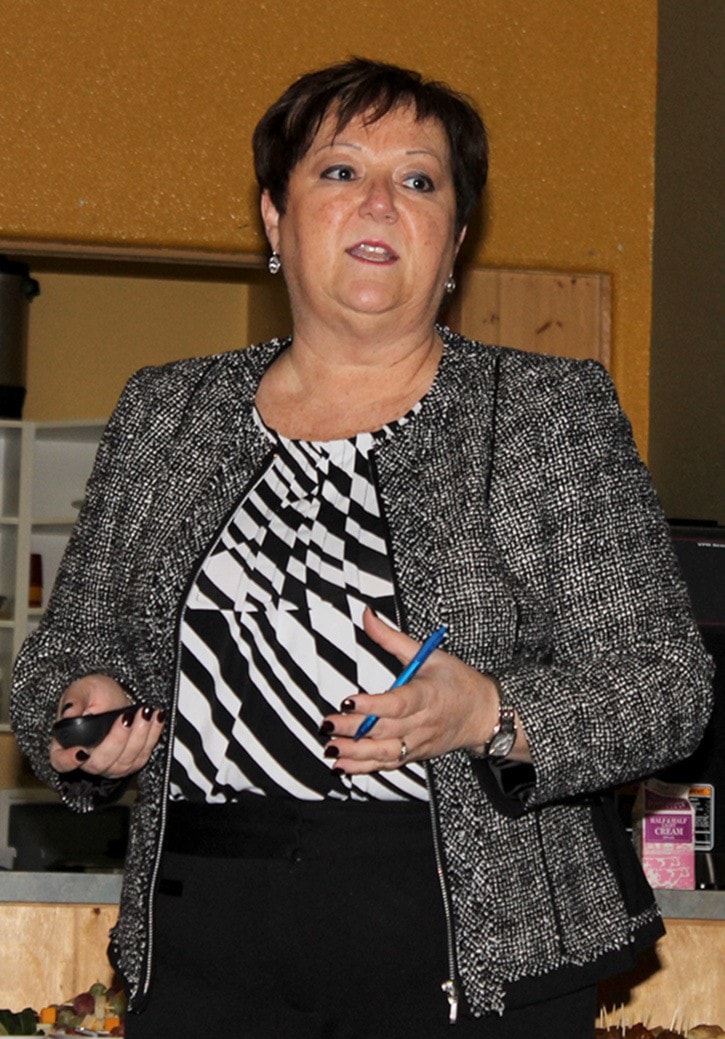A launch event was held to introduce stakeholders and community members to the Regional Skills Gap Analysis project at the Vineyard Church in Burns Lake on Nov. 19, 2014.
The project is aimed to develop strategies that would address the regional skills gap. According to a report by the Regional District of Bulkley-Nechako (RDBN), many communities struggle with high unemployment while companies are having difficulty in finding workers with the right skills.
To address this dilemma, the regional district took action to understand this dynamic and respond with a set of initiatives by creating the Regional Skills Gap Analysis project. The project's main goals include identifying and filling labour market gaps; increasing the skill level of residents in the RDBN to secure employment; attracting skilled employees to the region; supporting regional businesses by sourcing skilled labour; and enhancing programming options at regional colleges.
The project was completed in January 2014, and the final report that identifies recommended goals and strategic actions was adopted by the regional district's board of directors.
Approximately 30 individuals from across the region are part of the Strategic Workforce Opportunities Team (SWOT), a group responsible to ensure the implementation of actions recommended in the Regional Skills Gap Analysis. The SWOT includes regional stakeholders representing education, industry, employment, economic development, local government and First Nations.
The regional district hired the services of a community development consulting firm called Millier Dickinson Blais to assist them in the creation of this project. Trudy Parsons, director of workforce development for Millier Dickinson Blais, was the speaker during the launch event in Burns Lake, helping the community understand what steps have been taken to develop the project.
The first step to develop the Regional Skills Gap Analysis was to hold consultations with different groups in order to understand the dynamics of labour supply and demand. Later, "consultation themes" were defined in order to summarize the key findings of the consultations. A set of strategies were then created, as well as recommended actions for each strategy. Some of the strategies include supporting small and medium enterprises to address human resources needs and preparing local labour force through career engagement and skills development.
However, the project doesn't specify how each recommended action is going to be implemented, nor does it provide specific timelines apart from classifying them into "short, medium or long term." The RDBN did not comment on this regard by press time. For more details about the project, visit http://www.rdbn.bc.ca/economicdevelopment/economic-development-projects/regional-skills-gap-analysis
